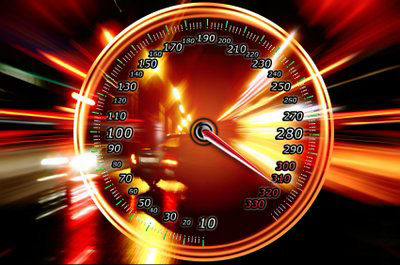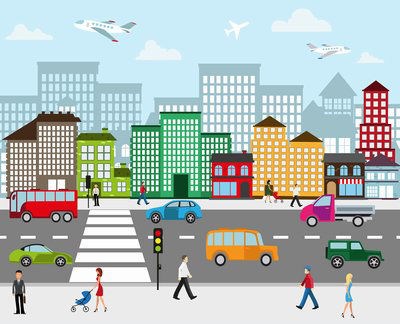NHSA Blog
Blog posts of '2023' 'January'

There are many factors that can cause risks associated with driving a vehicle. Some have to do with the vehicle itself, the road conditions, or even other drivers. The most significant factor of risk associated with driving is the driver himself. Unsafe driving habits such as speeding, being aggressive behind the wheel, or even becoming distracted or impaired are among the top contributing factors in a vehicle crash.
Let’s simply focus on speed. And particularly how proper and safe speeds will save you money. The most direct reason proper speed will save you money is that vehicles are designed to operate at designated speeds for optimal and most efficient performance. For most vehicles, that speed is approximately 55 miles per hour. Driving over the speed limit will cause the vehicle to burn fuel less efficiently. Long story short, you get better gas mileage, thus safe driving habits will save you money.
Another factor regarding driving at the proper speed is that it will affect the costs of vehicle repairs as well as the value and lifespan of the vehicle. Driving aggressively and speeding will affect the wear and tear of items such as tires, brakes, and even potentially other parts of the vehicle. See an article that shows how dramatically your speed affects the life of your brake pads and how often you need to replace them HERE. Safe driving habits save you money!
The obvious reason that safe driving habits save you money is the significant correlation between your driving habits and your car insurance premiums. Over a period of time an insurance company is basically assessing you and the risks they feel are appropriate based on your driving record. Let’s call this our “driving reputation.” Our reputation can be affected by one action. All the more so if it is a significant action with significant consequences. Therefore, if our “driving reputation” shows a pattern of speeding it will affect our insurance. It is logical that you will have to pay more money for your insurance premium until enough time has passed and you have regained a safer “driving reputation.” We conclude our point with…safe driving habits will save you money!!!
At NHSA, our goal is to provide online driver education courses that equip all drivers with what they need to be safe drivers. Whether you are a teen seeking a learner’s permit, or an adult driver seeking a basic driver safety course, check us out online to see what courses are available in your state!

Distracted driving can have serious consequences. While it is clear distractions can easily cause vehicular crashes it is important to be aware of those who are much more vulnerable to a vehicle crash, namely pedestrians and cyclists and others who are considered a VULNERABLE ROAD USER.
- Drive with extra caution in town! If you hit a pedestrian at 20 mph, they will almost definitely live. The survival rate for a pedestrian hit by a vehicle dramatically decreases with increased speed. At 30 mph a pedestrian will have a 1 in 5 chance of living. By the time you reach 40mph, their chance of survival is nearly gone. These statistics help us to understand why posted speed limits are so low near school zones and residential neighborhoods.
- Be prepared on rural roads. These roads should never be used as an excuse to speed because there are fewer cars on the road. Often rural roads have multiple uses. Cyclists and residents use these roads for their daily activities and may be difficult to spot. For that reason, it is important to never go over the speed limit. Remember, you are not required to drive at the top of the posted speed limit. Slowing down when approaching more populated areas or when visibility is limited can lower the risks of an incident considerably.
- Watch out when maneuvering. Many vulnerable roadway users are injured because a driver did not see them. Before turning, you should carefully check your mirrors and blind spots. Double-check for cyclists and motorcycles before changing lanes to make sure one has not suddenly appeared. If you must reverse. Make sure to do so slowly while keeping a good eye on your mirrors. It is especially vital to double-check all movements at night or when visibility is limited due to weather.
At NHSA, our goal is to provide online driver education courses that equip all drivers with what they need to be safe drivers. Whether you are a teen seeking a learner’s permit, or an adult driver seeking a basic driver safety course, check us out online to see what courses are available in your state!

